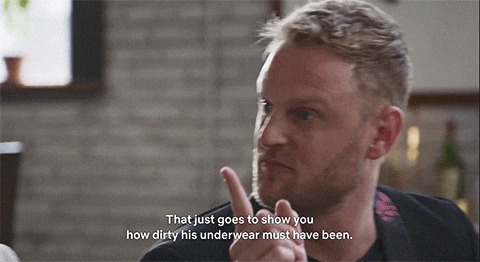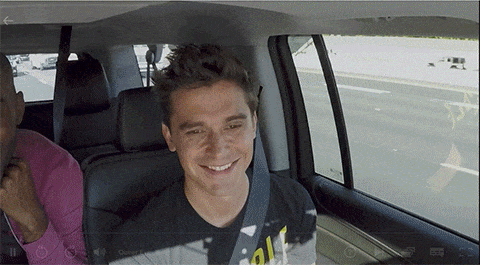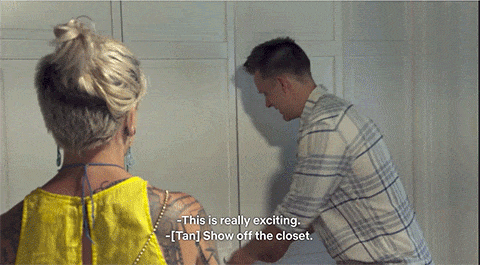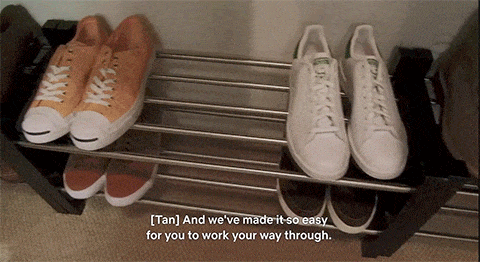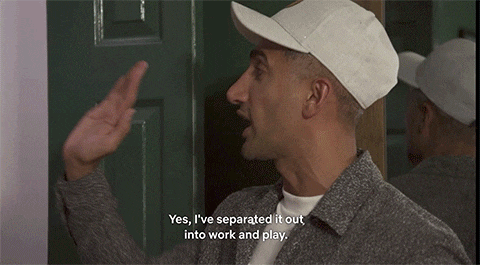Once, I shared an apartment with two roommates, and my roommate’s mom came in from the suburbs to visit. After lunch, she visited the apartment and took a quick look around. Then, she walked into the kitchen, took everything out of the cabinets, and put them back in her preferred locations. I mention this story, because I’ve had a lot of experiences where people treat “consulting” like my roommate’s mom treated “visiting.”
Many consultants possess a lot of knowledge, experience, opinions and even the desire to help. However, those very good intentions get forged into the “one true way” of doing things. And, the problem with “one true way” is that it tends to devalue or disregard the knowledge or experiences of the people they’re trying to help, if what they’re doing falls outside the way.
That roommate experience was maybe a couple hours of my life, over a decade ago, but the negative feelings are still there. And of course, many of us have similar stories from service providers:
- the haircut that is the opposite of what you’d asked for,
- the contractor that needs to rebuild the world instead of fixing the broken piece,
- the therapist that tells you: “Go to law school, there’s no money in architecture,” despite your being there because working in a law firm made you miserable.
Essentially, any moment where you realize that you’re receiving a solution from people who miss some key component of your problem. And I don’t want to be that kind of consultant.
So, when it feels like a lot of advice on how to be a consultant comes down to, “Act Confident!” but doesn’t include a discussion of how to get to the heart of someone’s problem, it feels like consulting isn’t for me. It feels like rearranging someone’s cupboards without permission. Experience and confidence are essential, but I struggled to find a way of bringing those to an engagement in a way that helped clients feel that their real issues were understood.
Hello, discovery
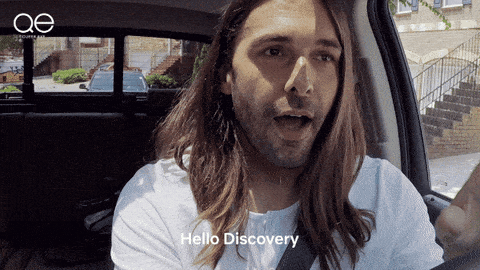
People who were around me in the summer of 2018, probably knew that I was very, very excited about the Queer Eye reboot. At first, it was just because it had a generally positive tone when the world felt like a chaotic dumpster fire. When I thought more about it, though, what I really loved was that it’s about:
People that really like each other
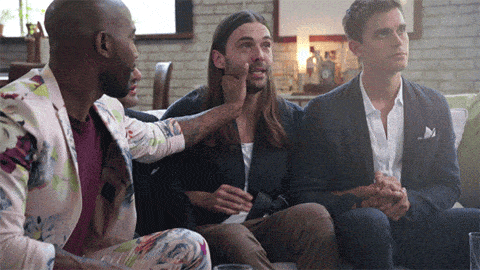
… helping other people to like themselves.
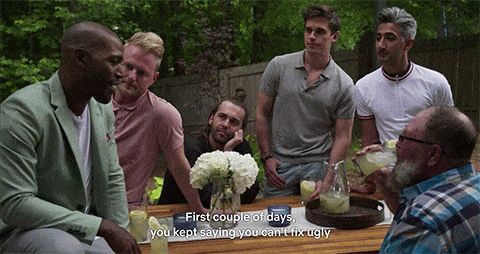
Teaching people to make better things by treating themselves better seemed like a program I could get with. For those of you who have seen Sarah Mei’s Livable Code, there’s a fair amount of overlap here. Improvement isn’t about perfection, it’s about better. Getting things into a state people can work with and build on. What follows are my Fab 5 takeaways from the show that I’m working hard to practice at work.
Karamo: Better Involves Some Therapy
No one sets out to be a rescue project. Within the context of the show, there are some recurring themes that lead to people needing help, which also tend to be recurring themes on projects.
Theme 1: Unworthiness
People don’t take care of what they don’t value. In the show, Tom from the first episode exemplifies this, he’s sweetly self-deprecating, but it’s clear that he doesn’t take care of himself because he doesn’t think very much of himself.
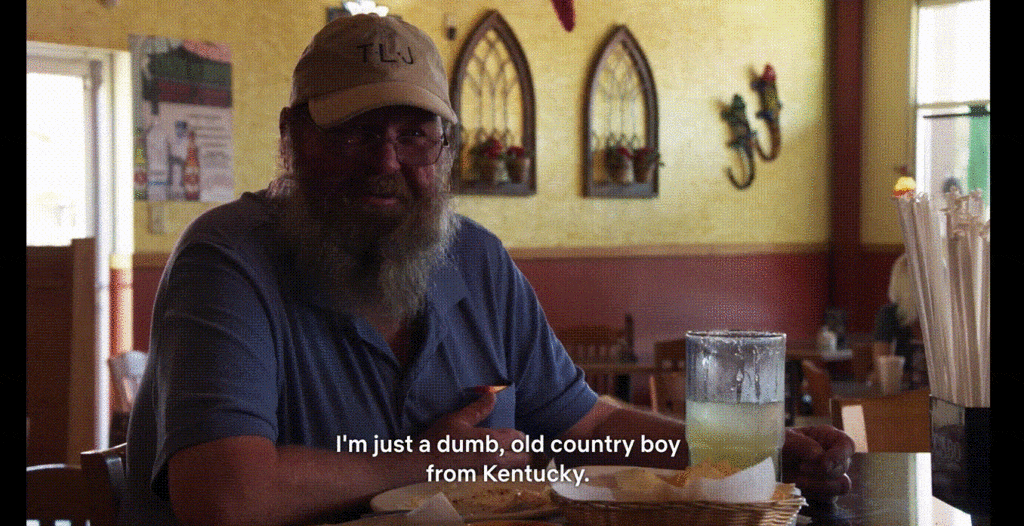
Unworthiness in the workplace tends to sound a lot like Tom. At one level, it might be a self-deprecating team member, using lots of “just”s and “only”s. But organizations themselves can treat parts of their business as unworthy, too. If the business team treats the technology as something over there, but not a key part of their business or the engineering team devalues design work, they’re not going to tend to those aspects of their product. We can help by helping clients to seeing why those things are valuable in terms that they relate to.
Theme 2: But First
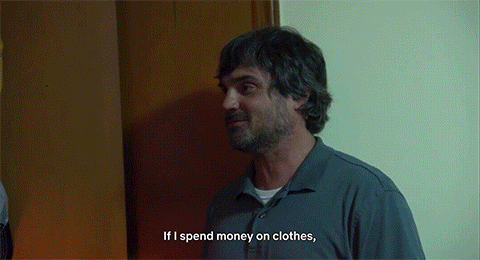
At first glance, taking care of everyone else first sounds really selfless or generous. But it can also signal avoidance to setting goals and priorities, in favor of constantly reacting to things. It’s a kind of unworthiness, with a slightly different approach. Bobby Camp always did everything first for his family, but was struggling to make bigger goals or changes happen for himself.
In a professional context, this is a look that tends to prioritize the urgent over the important. Fixing a critical bug is necessary, but constant firefighting at the expense of stability is not. Skipping user research in the short term, leaving tech debt unaddressed, and other places where the team knows that they should do something but feels like they can’t, are prime indicators of this theme.
Help people to clarify what their real goals are, what their actual vision is, and showing how reacting instead of planning is keeping them from that.
Theme 3: Fear
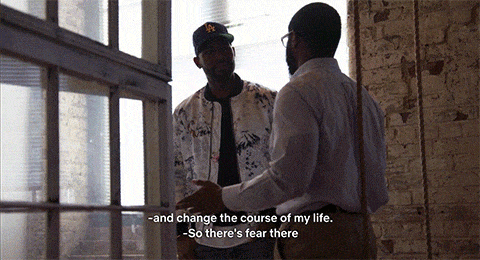
Scared sounds like: this might break everything, we might lose our customers, we might lose our team. Some or all of those fears may be valid. Just because a fear of change is valid, it doesn’t mean that the same risks aren’t present when doing nothing. Likewise, doing nothing often makes the change that much harder once it becomes unavoidable.
First Fab Takeaway
By acknowledging the underlying feeling, see if better behaviors can align with those goals. To clarify, acknowledgement doesn’t mean agreement, or feeling along side the client, and it doesn’t mean we need to change our assessment. Frequently, these negative emotions in an organization are where we run into pushback or resistance, so letting the client feel understood helps to open a space where change can happen. Neal sums this up well here:
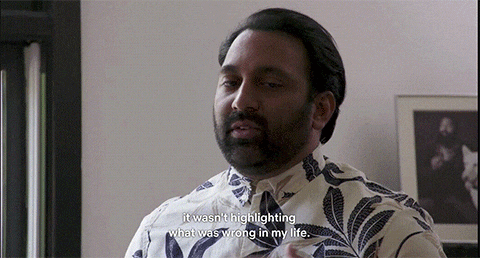
In short, it’s about showing the client that we’re not there to make them feel bad about what isn’t working. We’re there to help them see if they can work better.
Bobby: Pause
I started with a story about someone rearranging my belongings, and that’s the gentle part of Bobby’s job on the show – he tears things down to the walls and starts over. But he does a great job of knowing what to keep. While reveling in the current state of a rough project is super cathartic and fun, often times things that seem comically wrong have essential meaning or history for the client. People hold on to things for all kinds of reasons, and many of those reasons are important.

In the context of the show, a painting belonging to a family member or a table made from the pews of someone’s childhood church might not look like much from the outside, but they matter. Often, though, they stay in a new place or in improved form. My favorite moment from my least favorite episode is a great example of this. We see Cory’s closet, which is an unusable disaster: he keeps his clothes in a tiny dresser, while the closet overflows.
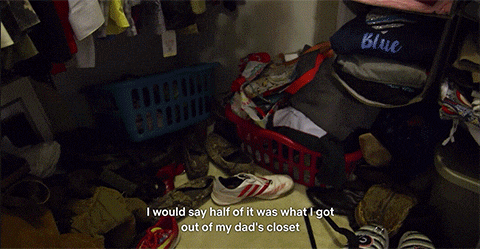
Those overflowing contents belonged to his late father, and he’s keeping those clothes as a way to remember him and feel connected.
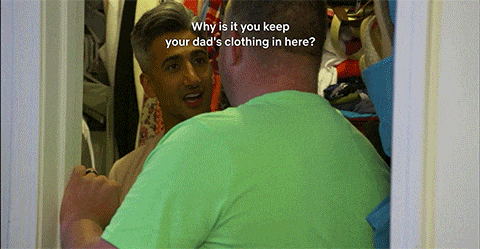
As part of the make-better, Bobby has Cory’s father’s clothes turned into a quilt. What I like about this story is that while that the original objects (the pile of clothes) had meaning, it was in the wrong context. They were kept in a place that, to the extent they were seen at all, caused frustration and interfered with daily living. But given the right context (as a hand-crafted quilt, placed front and center in a shared space), that same thing can be brought out into the open, shared, used and loved.
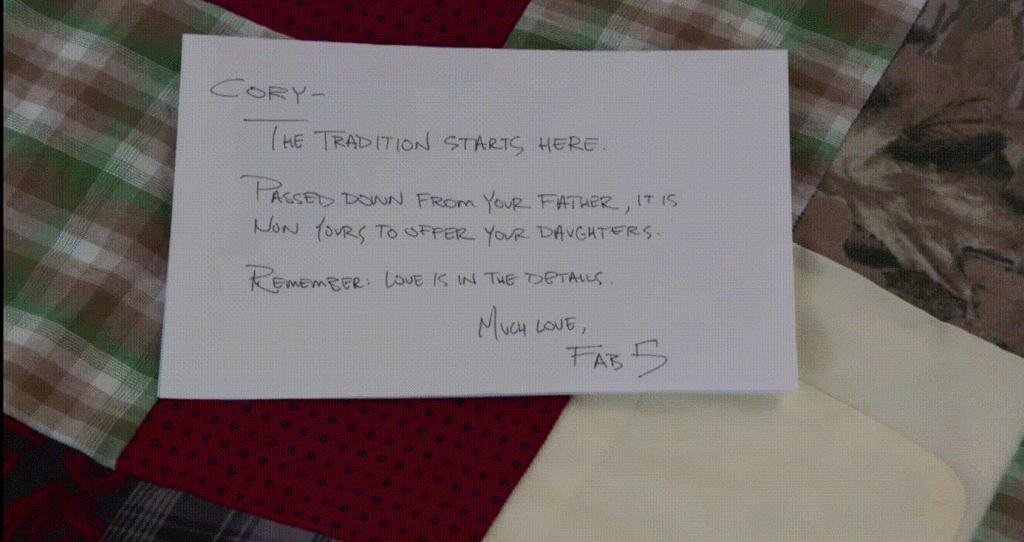
Finding Context when Consulting
So, as consultants, we’re not working with people’s heirlooms, but there are equivalents.
Let’s say you have a client whose primary color is the same red as an error message. It’s hard to work with and it’s tempting to soften it to pink, or just not use it all. However, it’s also the color of the much-beloved local sports team. Nestle that difficult color in an image with lots of calming context, and you can keep the connection with those sports fans without the color causing confusion.
Or consider a development team with a lot of turnover. There’s usually some part of the codebase containing essential business logic, but if the author has left, no one feels that they understand it well enough to touch it. New features are added to the app like a fragile scaffold around that core functionality. Wrap that code in some tests, so that it’s touchable, and you can begin to unravel what it does. It becomes a piece of the app that people can work with, understand and improve.
Second Fab Takeaway
We can help clients by separating the “what” from the “why” of difficult aspects of their product. By keeping the meaning, but changing the implementation, we can help clients to have what they need to use and love those parts of their apps.
Antoni: Meet People Where They Are
Antoni was possibly the most widely mocked of all the Queer Eye guys, at least at first, because the foods the heroes wind up making are lightly-upscaled basics like grilled cheese and hot dogs. That said, basic is sometimes the right thing to be. If you look at where a lot of the heroes are starting, it makes a little more sense.
You have people who live on smoothies.
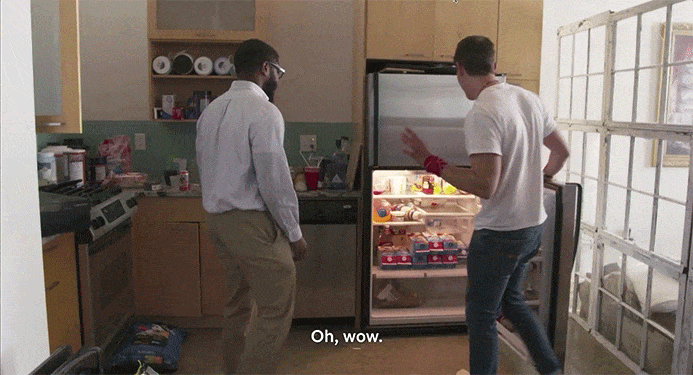
People who live for convenience.
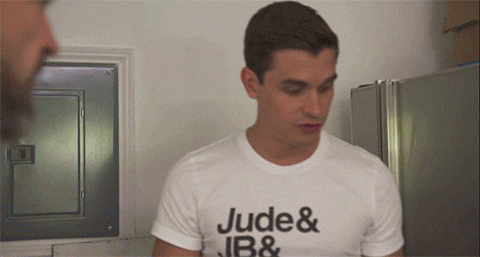
People who don’t have the right tools.
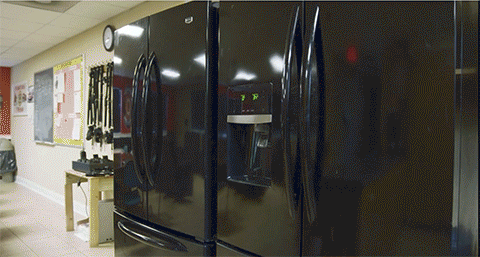
And people who kind of gave up.
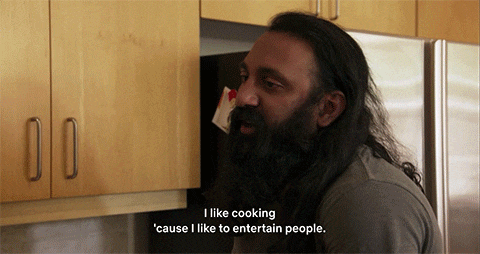
And with this in mind, it’s easier to see how even a grilled cheese can be growth. Antoni shares recipes that the heroes can manage without feeling intimidated. Different starting points require different help, so someone who:
… eats out every night → Make the simplest thing he likes, just to cook at all.
… doesn’t know how to shop for produce → Make a two ingredient salad.
… has to feed an army → Get that crockpot going!
… can actually cook? → Try homemade pasta, just to up their game.
This isn’t to say that we should lower our expectations or compromise standards. It’s more like envisioning how you’d like the client to reach those expectations, and setting them up with the right foundational skills and habits to get them there. While bringing our A-game might make us feel better about our own knowledge, it’s not the best thing we can do if the client isn’t able to work with it. It becomes the next generation of nerve wracking clutter.
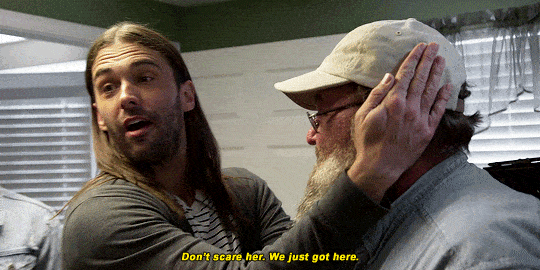
Third Fab Takeaway:
People and teams can more easily make changes if we meet them where they’re at. Think of where you want the client to be, and build them a bridge.
Tan: Structure
Tan has a lot of advice to give about ways to dress for a particular body type and or event. However, one of my favorite bits is at the end of each episode, where he presents the heroes with a closet that’s super organized. Things are organized by type, time of day, and color.
Then he explains how you use that organization to build the outfits you need, when you need them.
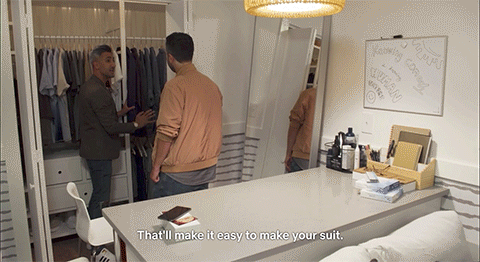
Fourth Fab Takeaway:
Leave a structure in place to help people succeed, and show them how to use it. Leave a good roadmap behind that consists of solid documentation, helpful examples, and a walk through of what’s there and how to build on it.
Jonathan (JVN): TEACH THEM
JVN is arguably the most meme-able guy on the show, but at the end of the day he does two great things:
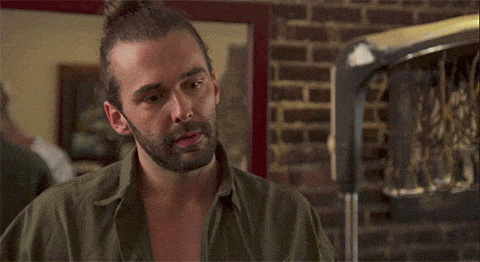
He makes sure people know that they look great when they try (it’s worth the effort)! Both the haircut reveal and the fashion show are something we can learn from. Help people be proud of what they’ve done.
But also: give the nitty gritty details. How does this new style, with its new routine, translate into a hero’s day to day? When can they do something themselves, and when do they need professional assistance? How often should you do something? Why are you doing it?
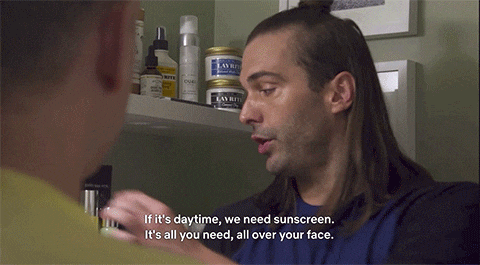
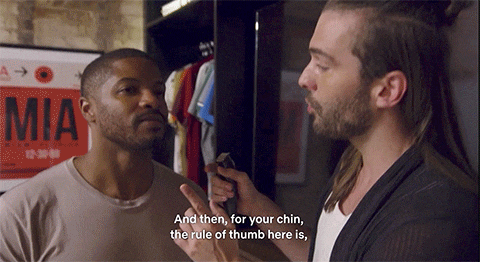
And don’t be embarrassed to use heuristics and mnemonics. They may be goof, but if they work, that’s a win.
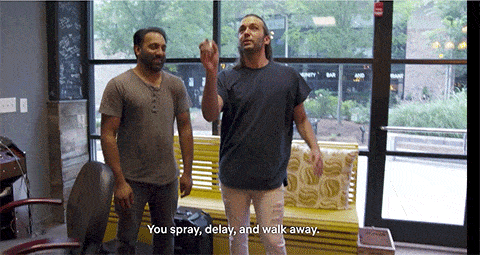
Fifth Fab Takeaway:
Set folks up for success. At the end of the show, when they watch the heroes prepare for their big event, JVN is so proud when they remember what to do. He wants to see them succeed. Or, in the case of mnemonics: Give a man a spritz, he’ll be neat for a day, but teach a man to spritz he’ll smell sweet forever.
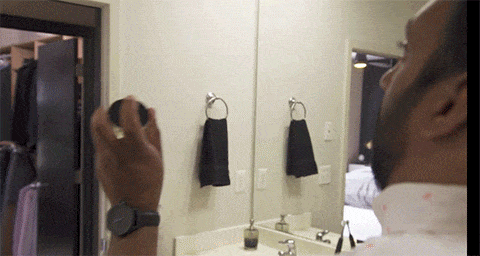
Bonus takeaway: Remember Your Team!
Last but not least, if you’re helping other people to get on board with what you’re doing… enjoy what you’re doing! I’ve spent a lot of time talking about how to be gentler with the teams that we’re working with, but it’s ok, and important, to have boundaries.
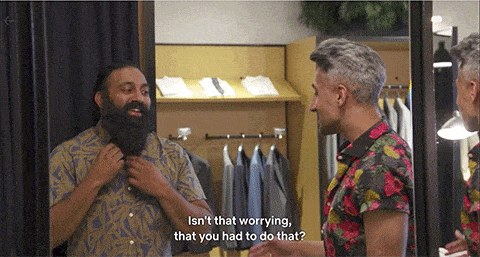
You have to keep your own standards and sanity.
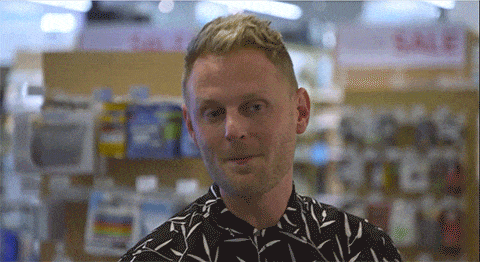
Finally, celebrate your victories! Each episode ends with a celebration where the team goes back to HQ, lets go of the reins, and sees everything stand on its own. When there are wins, they enjoy it.
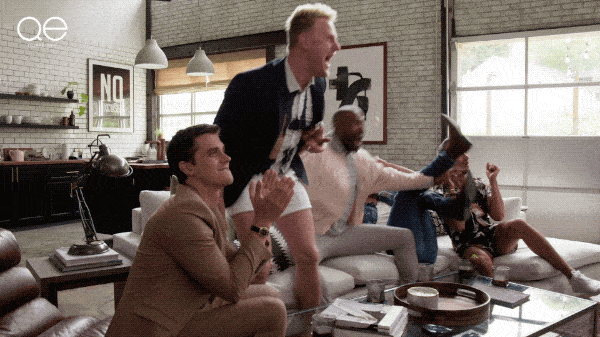
Even when the victories are not as ambitious as you’d hope.
